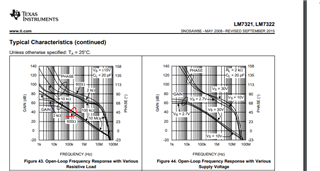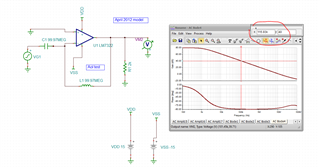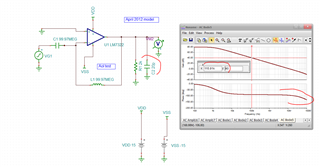Other Parts Discussed in Thread: LMP7715
Hi Team,
I'm wondering what f=50kHz means when defining GBW. For other products like LMP7715, it specifies 17MHz, which means the multiplication of gain in V/V and bandwidth in Hz results in 17M. For LM7321, it specifies 20MHz or 16MHz depending on supply voltage and it also specifies f = 50kHz condition. Can you help elaborate more on this condition?

Thanks,
Ella





